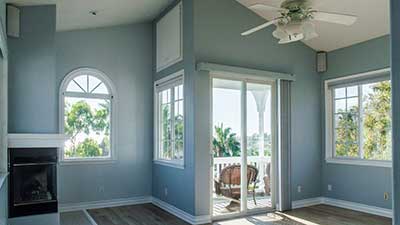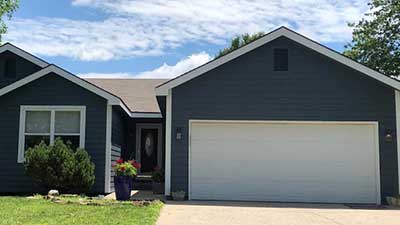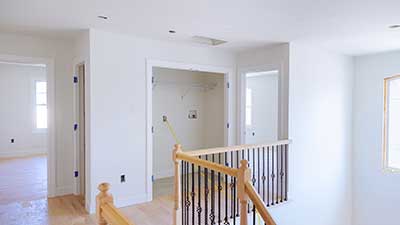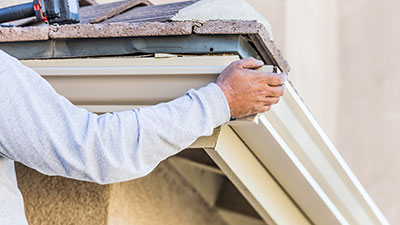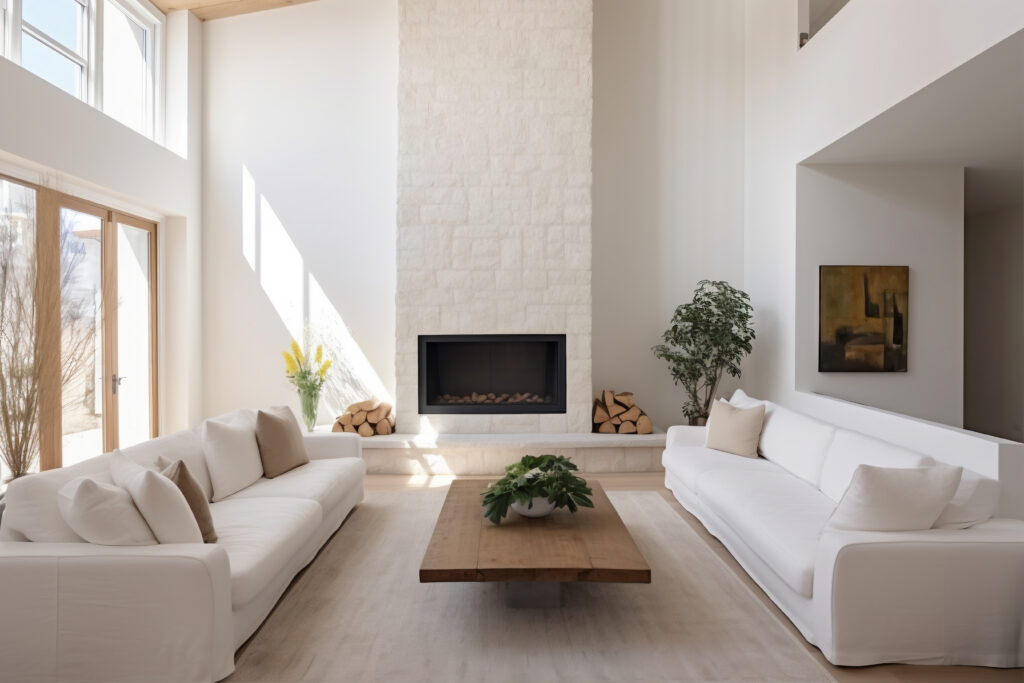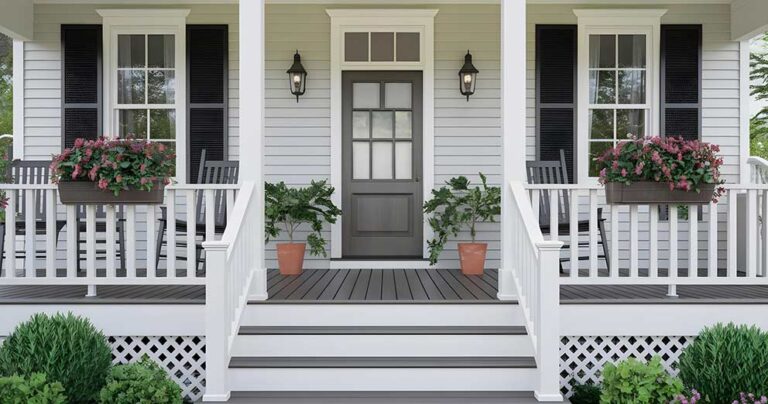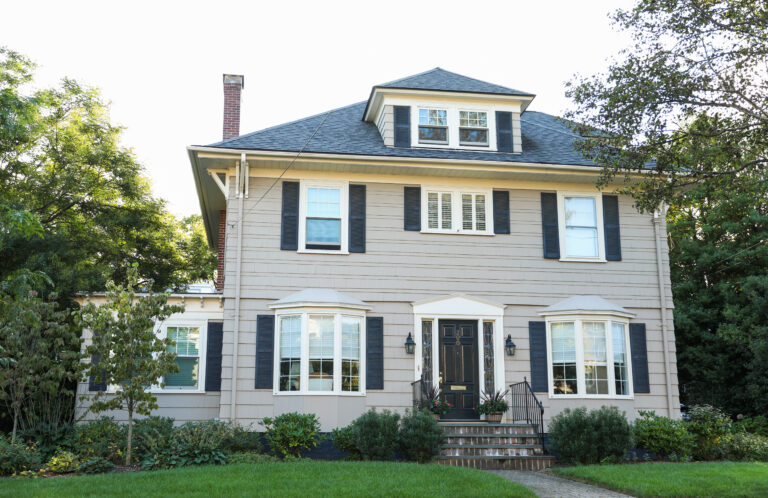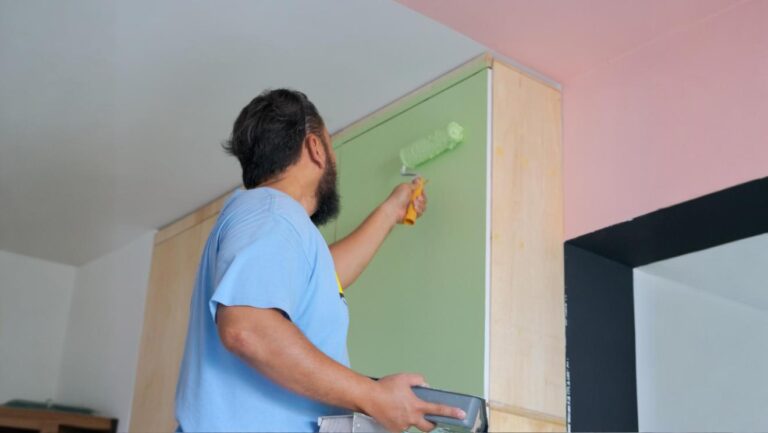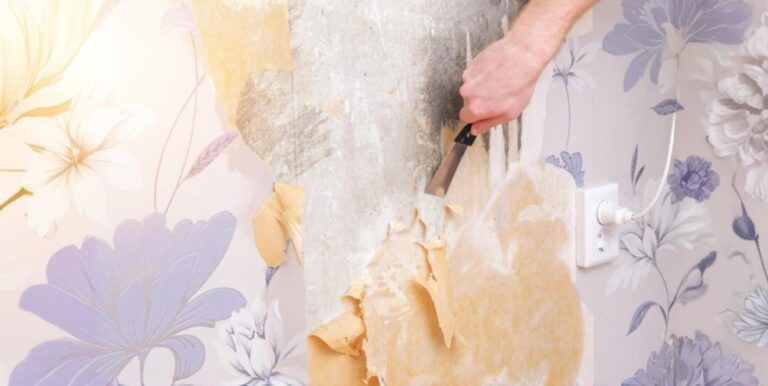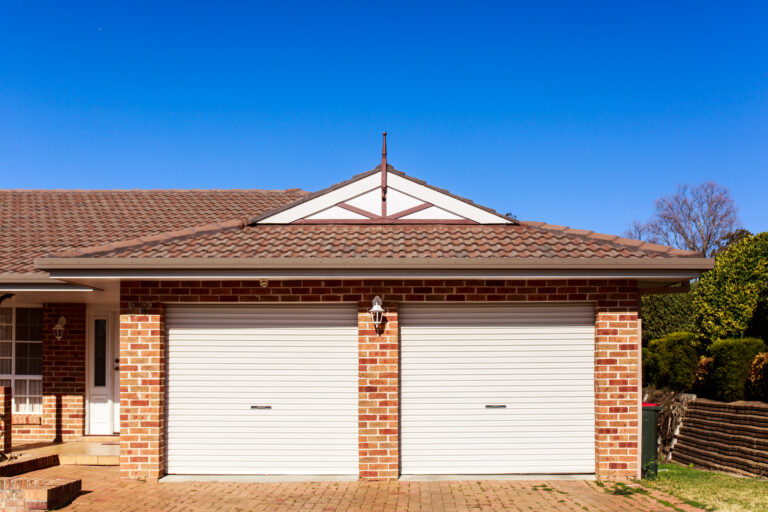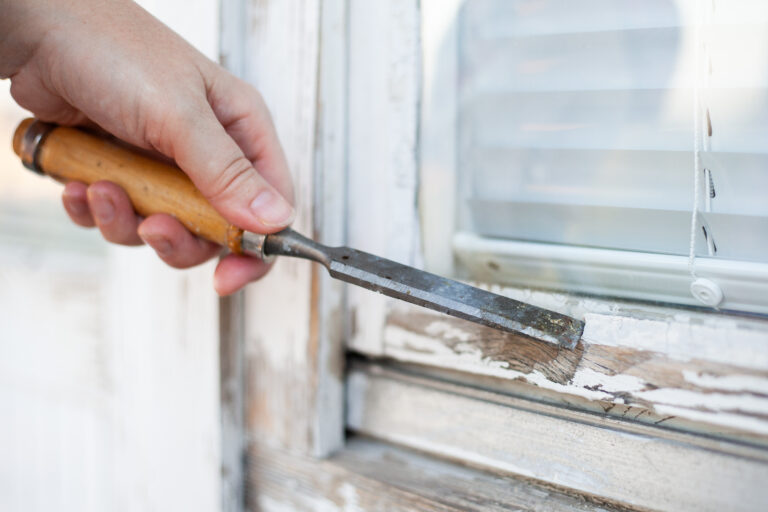When planning an interior painting project, the temperature of your room might not be the first thing that comes to mind. But surprisingly indoor temperature plays a huge role in how well your paint job turns out. From ensuring the paint adheres properly to avoiding unsightly bumps and blisters, getting the temperature just right is key. This article will guide you through the best practices for interior painting, focusing on the ideal temperatures and other important conditions to keep in mind.
Key Takeaways
- The ideal temperature of the room for painting inside is between 50 and 85 degrees Fahrenheit for latex paint.
- Ensuring adequate ventilation by keeping windows open can help remove paint fumes and speed up drying.
- High humidity levels can cause a slower drying process and affect the adhesion of interior paints.
- Using a space heater or air conditioning can maintain the ideal range for interior house painting projects.
- Address mold issues and ensure the surface is dry to prevent moisture buildup during your painting project.
- For the best results, consult local painters who understand how to manage extreme temperatures and humidity levels.
Ideal Temperature Range for Interior Painting
The ideal temperature range for interior painting is between 40 and 90 degrees Fahrenheit for most oil-based paints and 50 to 85 degrees Fahrenheit for latex-based paints. Maintaining this temperature range ensures the paint dries properly and adheres well to your interior surfaces. Too cold, and the paint won’t bond correctly, leading to an uneven texture. Too hot, and the paint can dry too quickly, causing cracks and blisters.
Effects of Improper Drying Conditions
Drying with temperatures that are too low or too high can result in imperfections in the paint, such as bumps, blisters, lifting, cracking, fading, leaching, or discoloration. Each paint formula has its specific needs, and some innovative paints are designed to dry at lower temperatures, even as low as 35°F. However, sticking to the general guidelines on the paint can is usually your best bet.
Humidity Levels and Their Impact
Humidity levels play a significant role in the drying process of paint. Ideally, you want humidity levels to be between 40% and 70%. High humidity can slow down drying times and compromise the adhesion of your paint. Moisture in the air makes it harder for the paint to dry, potentially leading to imperfections. Proper ventilation is crucial for maintaining the right humidity levels during your interior painting project.
Maintaining Stable Room and Surface Temperatures
It’s crucial to maintain a stable room and surface temperature throughout your painting project. Rapid changes can mess with the drying process, causing your paint to behave unpredictably. Always check the weather conditions, even if you’re painting indoors, to ensure you’re setting yourself up for success. Ensuring the indoor temperature is within the ideal range will help your interior paint adhere properly and dry evenly.
Latex-Based Paints and Their Requirements
Latex-based paints are popular for interior painting projects due to their low VOC (volatile organic compounds) content and fast drying times. However, they require a minimum temperature of 50 degrees Fahrenheit to dry properly. Latex paints are water-based, which means they are more affected by humidity levels. High humidity can lead to a thinner mixture, longer dry times, and possibly extra coats.
Oil-Based Paints and Their Durability
Oil-based paints, known for their durability, can be applied in temperatures as low as 40 degrees Fahrenheit. They take longer to dry but provide a robust finish suitable for high-traffic areas. Oil-based paints are less affected by humidity compared to latex paints but still require ideal temperature conditions for the best results.
Challenges of Painting in Cold Weather
Painting in cold weather can cause the paint to thicken, leading to uneven application and extended drying times. If the walls are too cold, even if the paint is at the correct temperature, it may not bond well to the surface. Patience is key when painting in cold and rainy conditions, as extended drying times should be expected. The painting process can be significantly delayed due to cold temperatures.
Addressing Cold Weather Issues
In cold weather, maintaining a stable indoor temperature is essential. Use a space heater to keep the room warm, ensuring the paint dries evenly. Be cautious, though – too much heat can also cause issues. Aim for a consistent temperature within the recommended range for your paint type.
Challenges of Painting in Hot Weather
Hot weather brings its own set of challenges. High temperatures can cause the paint to dry too quickly, resulting in cracks, blisters, and an uneven finish. It’s best to avoid painting during the hottest parts of the day or when the indoor temperature exceeds 80 degrees Fahrenheit.
Addressing Hot Weather Issues
During hot weather, additional ventilation may be required to prevent the paint from drying too quickly. Use air conditioning or fans to keep the room cool. Proper ventilation helps to dissipate paint fumes and speeds up the drying process, ensuring a smooth finish.
Conclusion
The best temperature to paint inside is crucial for achieving a smooth, professional finish. By maintaining an indoor temperature between 40 and 90 degrees Fahrenheit for oil-based paints, and 50 and 85 degrees Fahrenheit for latex-based paints, and by monitoring humidity levels, you can ensure your interior painting projects are successful. Remember, planning your painting project around ideal weather conditions will save you time and frustration, resulting in beautifully painted interior walls.
Proper preparation and understanding of the ideal conditions for painting can make all the difference. Whether you’re tackling a DIY project or hiring professional painters, knowing these key factors will help you achieve the best results. So, next time you’re ready to give your home a fresh coat of paint, keep these tips in mind for a flawless finish. And if you need any help, don’t hesitate to reach out to OnDemand Painters for expert advice and services. Happy painting!
FAQ
What is the ideal temperature of the room for an interior house painting project?
The ideal temperature of the room for an interior house painting project is between 50 and 85 degrees Fahrenheit.
How can I ensure adequate ventilation while painting inside?
Ensuring adequate ventilation by keeping windows open and using fans helps remove paint fumes and speed up the drying time.
Why is it important to consider humidity levels during an indoor painting project?
High humidity levels can lead to a slower drying process and may cause moisture to build up on the paint surface.
What should I do if the paint forms an incompletely dried layer?
If the paint forms an incompletely dried layer, consider using a dehumidifier and ensuring proper air circulation to help the paint cure.
How can I save energy during my next painting project?
To save energy during your next painting project, choose a sunny day in late fall when you can rely on natural light and fresh air to dry the paint faster.






